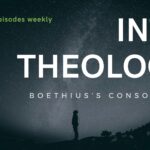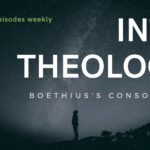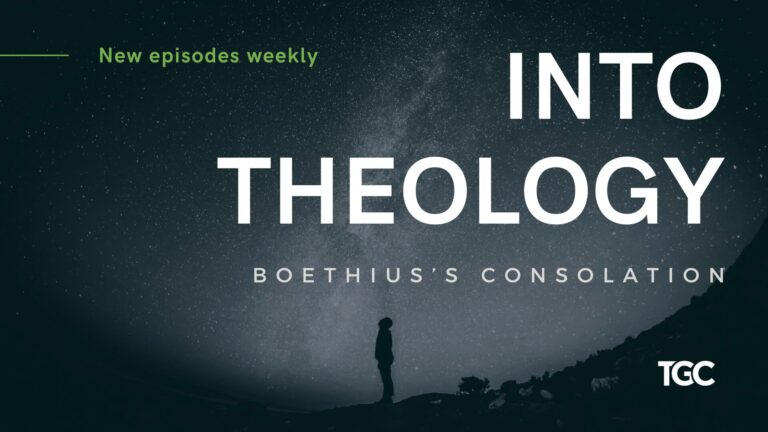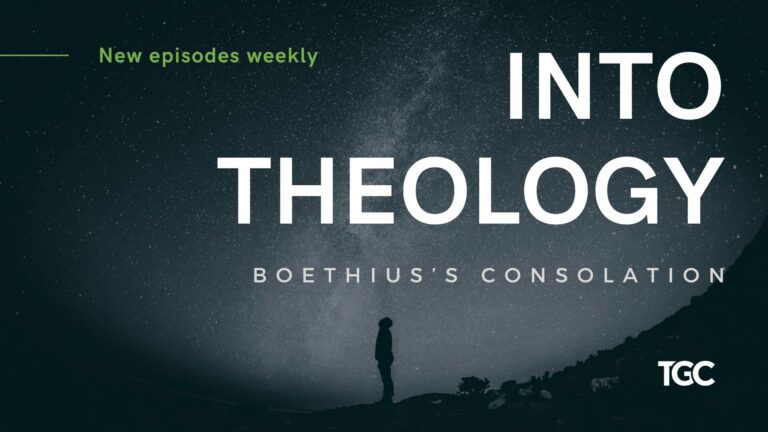During the night of his betrayal, Jesus’ disciples abandoned him. The Roman and Jewish leaders struck their shepherd, and they fled like sheep without a shepherd. Except one sheep returned.
One apostle boldly went to Jesus’ Jewish trial (hint: it was not Peter who sheepishly went and then denied Christ). The same apostle stood at the cross with Jesus while he died. And that very same apostle was also the first apostle to make it to the empty tomb.
Can you guess who it is?
John. And this fact means a great deal because John explicitly wrote his Gospel in the mode of eyewitness testimony. And at the cross, he sees the glory of God fully revealed in the broken and bleeding body of Jesus.
John, the eyewitness of the glory of God in the face of Christ upon the cross of Golgatha outlines his Spiritual vision Christ—the Lord of Glory.
Eye-witness
The purpose of John’s Gospel account is for readers to believe that Jesus is the Christ, the Son of God who gives us life by faith: “Now Jesus did many other signs in the presence of the disciples, which are not written in this book; but these are written so that you may believe that Jesus is the Christ, the Son of God, and that by believing you may have life in his name” (John 20:30–31).
The means by which John makes his argument is through an eyewitness testimony: “This is the disciple who is bearing witness about these things, and who has written these things, and we know that his testimony is true” (John 21:24). The whole Gospel represents John’s eyewitness account of Jesus.
What makes this account even more striking is the timing of the Gospel. John likely wrote his Gospel in the 90s near the end of his life. He would have spent about sixty years telling the Jesus story to all and sundry. We know this quite clearly since Papias (~ 90AD) records that John the elder (the John who wrote the Gospel) and Aristion (another disciple of Jesus) lived in Asia Minor and told and retold everyone about Jesus. So John had his whole life to meditate on Jesus and what he did.
Small wonder then that John’s Gospel had been associated with the eagle since it flies higher than the other three Gospel books (not in the sense of being better but in the sense of seeing Christ from a heavenly position). John does begin his book with a punch: “the Word was God” and “the Word became flesh” (John 1:1, 14).
Spiritual sight
Uniquely, John demonstrates how the Spirit reveals the truth of Scripture and the identity of Jesus. As noted, the prologue of John starts with a punch. We hear of no nativity story, but we do hear that the Word eternally existed, is God, and brought all things into being. Then he became flesh.
Hence, John’s eyewitness account of Jesus looks deep into the Spiritual meaning of Jesus’ life and person. He sees Christ as fully human “made flesh” while fully divine “the Word.”
In his citation of Scripture, this becomes very clear. John identifies Jesus as YHWH in Isaiah 6 who sits on the throne. After quoting Isaiah 6, John writes, “Isaiah said these things because he saw his glory and spoke of him” (John 12:41).
In his Spiritual vision of Christ, we learn something rather remarkable—something which the apostle who saw Jesus upon the cross could tell us: God revealed his glory at the cross in the broken body of Jesus Christ.
Glory in the face of Christ
At the turning point of John’s Gospel (ch 12), the whole story turns to the Passion of Christ. John 1–11 outlines seven signs that prepare readers to understand the Passion of Jesus (John 12–21). After showing his glory in the seven signs, Jesus now reveals his glory at the cross.
John quotes Jesus himself to mark the transition, “The hour has come for the Son of Man to be glorified” John 12:23). He specifies that his death is the “hour” in question (12:24) before explaining, “for this purpose I have come to this hour” (12:27). And in a perhaps surprising claim, Jesus says in the context of glorious death: “Father, glorify your name” (12:28).
On the night Jesus was betrayed, he told his disciples: “Now is the Son of Man glorified, and God is glorified in him. If God is glorified in him, God will also glorify him in himself, and glorify him at once” (John 13:31–32). In his prayer to the Father, Jesus again says, “Father, the hour has come; glorify your Son that the Son may glorify you” (John 17:1).
In short, John vividly portrays Jesus’ “hour” as the moment of glorification. Christ’s death glorifies himself and the Father. It is a divine manifestation of glory since “God will also glorify him in himself” (John 13:32).
Glory at the cross
The passion narrative in John shows that Jesus is in complete control. While Romans and Jewish leaders march on the garden, Jesus goes out to them. He is not found; he goes to them. When they hear his name, they fall back. While Christ speaks to Pilate, he tells Pilate that God has given him authority.
The whole Passion narrative fulfills Jesus’ claim: “No one takes it from me, but I lay it down of my own accord. I have authority to lay it down, and I have authority to take it up again. This charge I have received from my Father” (John 10:18). Jesus exerts his authority through the Father’s charge.
And Jesus does lay down his life since he controls the events of the Passion and also because Jesus himself “gave up his spirit” (John 19:30).
John perceives all of this through his Spiritual insight. Even though Jesus looks beaten and defeated, John knows the truth: Jesus has overcome the world. He has saved it. He has shown his glory.
John sees beyond the materialistic and naturalistic. He sees the deeper, inner-logic of the person and the work Jesus. He sees the divine origin and divine mission. He sees the glory of God in the face of Jesus Christ who hung upon the cross.
He was the only apostle at the cross. And instead of looking at the broken man, he saw through Spiritual vision the glory of the incorruptible God on the Roman cross. Here, God’s fullness comes through.
If we want to see God’s glory, we must look into the face of Christ by the Spirit; that is Spiritual vision. And that most clearly shines through in the broken body of Christ at the cross.












